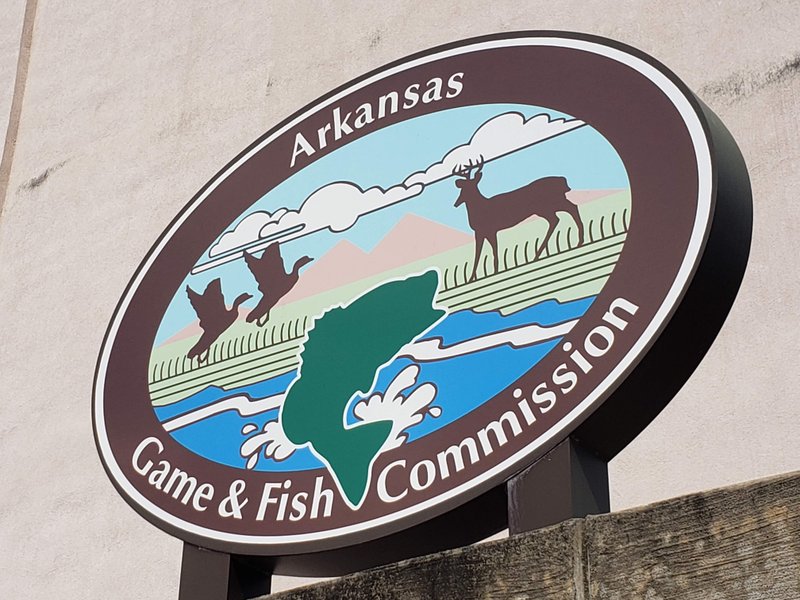Turkey hunters in Arkansas saw an uptick in checked birds during this spring's three-week turkey hunting season, which ran from April 18 to May 8.
Hunters checked 7,578 turkeys, an 8% increase from last year's 7,013-bird total.
That number also includes harvest totals from the state's youngest hunters who enjoyed a preseason youth hunt April 9-10. Despite high winds and a cold snap in most of the state, youth hunters set the tone for the upcoming season for a weekend harvest of 887 birds, an increase of 8% over the previous year's youth hunt total of 821.
Only 253 jakes (immature gobblers) were checked, which was roughly 3.3% of the overall harvest. Youth hunters are allowed one jake in their two-bird limit.
This year's increase was expected, said Jeremy Wood, turkey program coordinator with the Arkansas Game and Fish Commission.
"The surveys indicated good reproduction in 2020, which is when the majority of gobblers harvested this year were likely produced," Wood said. "We were cautiously optimistic that we would see a better harvest this year, and the harvest result was a good indication that the metrics we use continue to be good indicators of the population's status."
The news comes as a pleasant surprise to many turkey hunters who saw lower success rates last year. Wood said the decrease and rebound can be explained by a few factors, including poor reproduction in 2019 due to rainfall during the peak of hatching season.
"We put a lot of conservative regulations in place in 2021, which were designed to balance hunting pressure with the turkey population and help turkeys get some breeding done before people entered the woods and disturbed breeding activity," Wood said. "But there were other factors that likely had greater contributions to last year's decline."
The large increase in hunters and hunting effort during 2020 as a result of the pandemic likely compounded the issue.
"We saw an increase in 2020's harvest, but that had more to do with the perceived increase in hunter effort masking the effects of poor reproduction two years prior," Wood said. "That large harvest on the decreasing population was another factor that likely led to the decrease in 2021."
Wood is hopeful that this year's stabilization of turkey numbers continues.
"Through the annual brood surveys, we estimated that 2021 also had decent reproduction, and many hunters have commented to biologists and land managers that they called up a lot of jakes this season," Wood said. "Those birds will hopefully result in another good season next year when they are mature enough to harvest."
